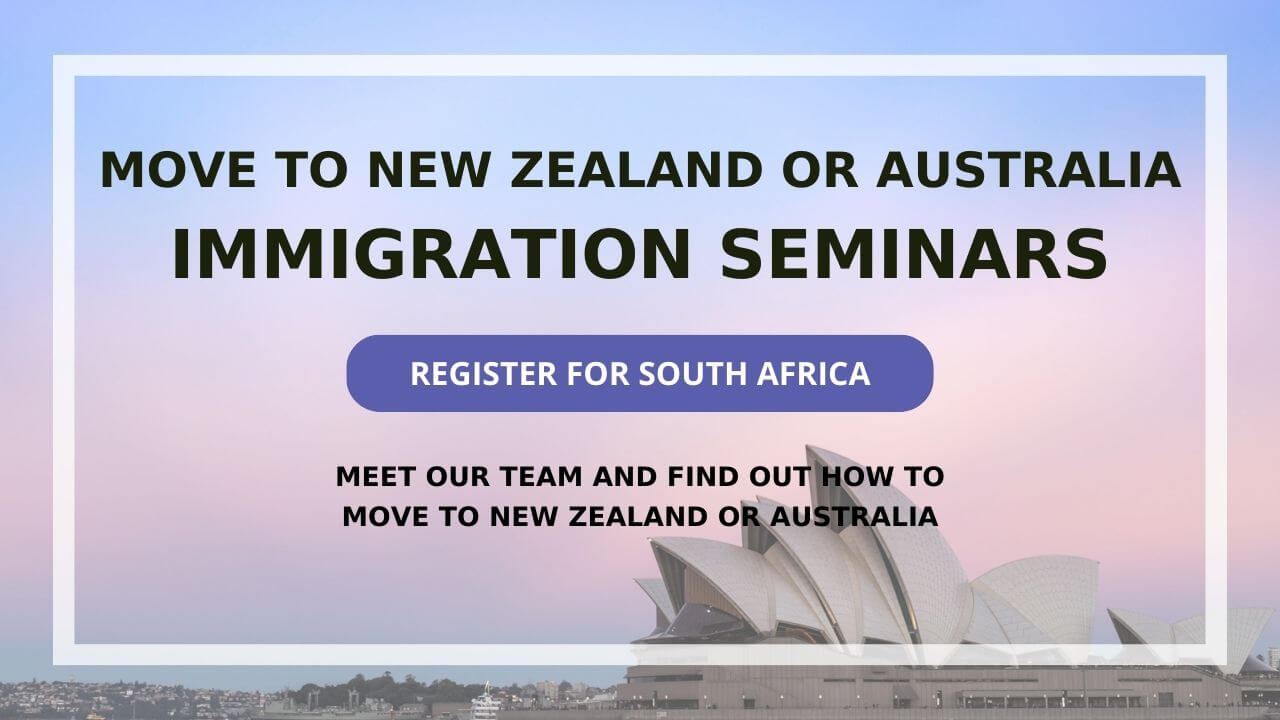Changes to Australian Migration Strategy
The Australian Government is undertaking 8 key actions to develop a roadmap to attract more global skillsets and review its visa system.
Changes to Temporary Skills in Shortage visa
Changes Permanent Skilled Migration
Changes for international students
Temporary Skills Shortage visa
The government has announced a new Skills in Demand visa, which will replace the current Temporary Skills Shortage (subclass 482) visa once implemented. The main features of the new Skills in Demand visa include:
- Duration: The visa will allow for a 4-year stay across all streams.
- Three Pathways: The visa will be divided into three distinct pathways, detailed below.
- Service Standards: A commitment to median processing times of 21 days.
- Increased Employee Mobility: Visa holders will have 180 days to find a new sponsor if they leave their current employer, up from the current 60-day period.
- Streamlined Labour Market Testing: The requirement to advertise positions through Workforce Australia has been removed, overlapping advertisements have been clarified, and the validity period of advertisements will be extended from 4 to 6 months.
- Increased Pathways to Permanent Residency: All visa holders will have a route to permanent residency, with time spent with any approved employer counting towards eligibility.
- Reduced Upfront Employer Costs: The government will explore moving employer fees to a monthly or quarterly model to reduce upfront costs.
- Public Sponsor Register: A public register of approved sponsors will be developed, listing the numbers of sponsored workers and their occupations to assist migrants in finding new sponsors.
Three pathways for temporary skilled workers
Tier 1 – Specialist Skills Pathway
- Eligibility: No occupation lists, but excludes trades workers, machinery operators and drivers, and labourers.
- Earnings Requirement: Requires annual earnings of at least the new Specialist Skills Threshold (initially set at $135,000, to be indexed annually).
- Processing Time: The government has committed to a 7-day median visa processing time
Tier 2 - Core Skills Pathway
- Earnings Requirement: Requires annual earnings of at least the Temporary Skilled Migration Income Threshold (TSMIT), currently set at $70,000, to be indexed annually.
- Occupation List: Utilizes a simpler and regularly updated Core Skills Occupation List for occupations identified by Jobs and Skills Australia as being in shortage or occupations agreed upon through international trade agreements.
Tier 3 – Essential Skills Pathway
- Earnings Requirement: Designed for lower-paid workers earning below the TSMIT but possessing essential skills. Current Sponsorship: Many workers in this category are currently sponsored under Labour Agreements.
- New Arrangements: These will be sector-specific, capped, embedded with stronger regulation and minimum standards.
- Further Evaluation: Subject to further advice from Jobs and Skills Australia and its tripartite mechanisms.
Permanent Skilled Migration
The Strategy also addresses future reforms to the permanent skilled migration program, though it provides less certainty about these changes compared to the temporary skilled visa program.
Key future reforms outlined in the Strategy include:
- Points Test Reform: Enhancing the points test to better identify migrants who will drive Australia’s long-term prosperity.
- Permanent Residence Requirements: Time spent with any approved employer will count towards permanent residence eligibility.
- Independent Permanent Pathways: Skills in Demand visa holders will have access to self-nominated independent permanent pathways, in addition to employer-sponsored pathways.
- Talent and Innovation Visa: Considering the introduction of a new visa aimed at promoting innovative investments and entrepreneurship.
Further Consultation: The Government will conduct further consultation on the permanent skilled migration program in 2024.
International Students
New Genuine Student Test
This test will replace the current 'Genuine Temporary Entrant' requirement. To complement the new test, the government will work to reduce the misuse of Australia’s student visa system and strengthen requirements for international education providers.
Restrictions on Onshore "Visa Hopping"
The Government will restrict onshore visa hopping that undermines system integrity and creates 'permanent temporariness'. Many former international students remain in Australia with little prospect of becoming permanent residents, contributing to this issue.
Increased English Language Requirements
As of March 2024, the English language requirements for international students have been raised.
- ELICOS Student Visa Applicants: IELTS 5.0 or equivalent.
- Foundation or Pathway Program Applicants: IELTS 5.5 or equivalent for those undertaking programs with reputable English language training.
- Other Student Visa Applicants: IELTS 6.0 or equivalent.
- Temporary Graduate Visa Applicants: IELTS 6.5 or equivalent.
New Age Limit for Temporary Graduate Visa Applicants
Effective from 1 July 2024, applicants for the Temporary Graduate visa must be under the age of 35, down from the current age limit of 50.
Reduced Length of Temporary Graduate Visas
Starting 1 July 2024, the duration of Temporary Graduate visas will be adjusted as follows:
- Bachelor's Degree or Master's by Coursework: 2 years.
- Master's by Research or PhD: 3 years.
- Students in Regional Areas: Eligible for a second visa of 1-2 years, depending on location.
These changes, along with future proposed modifications to the points test and other skilled visa settings, aim to help graduates in skilled jobs transition to permanent residency.
